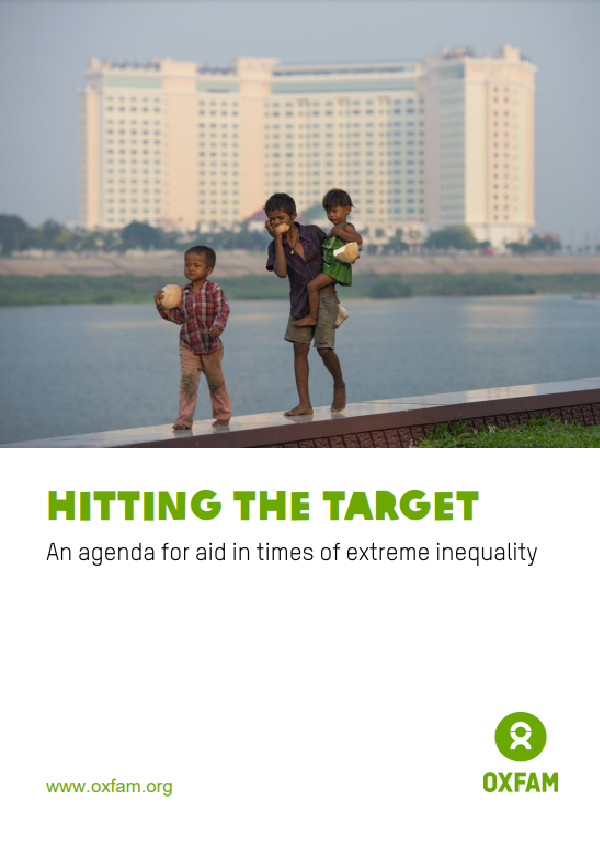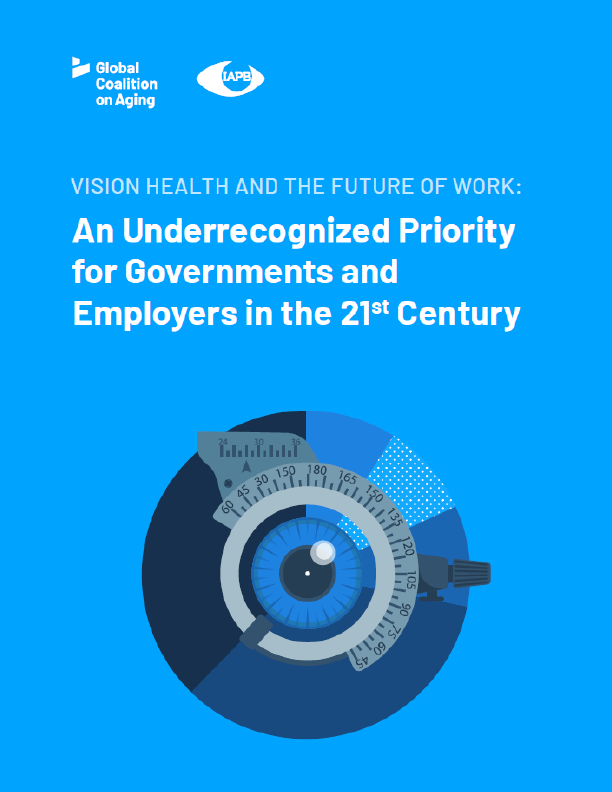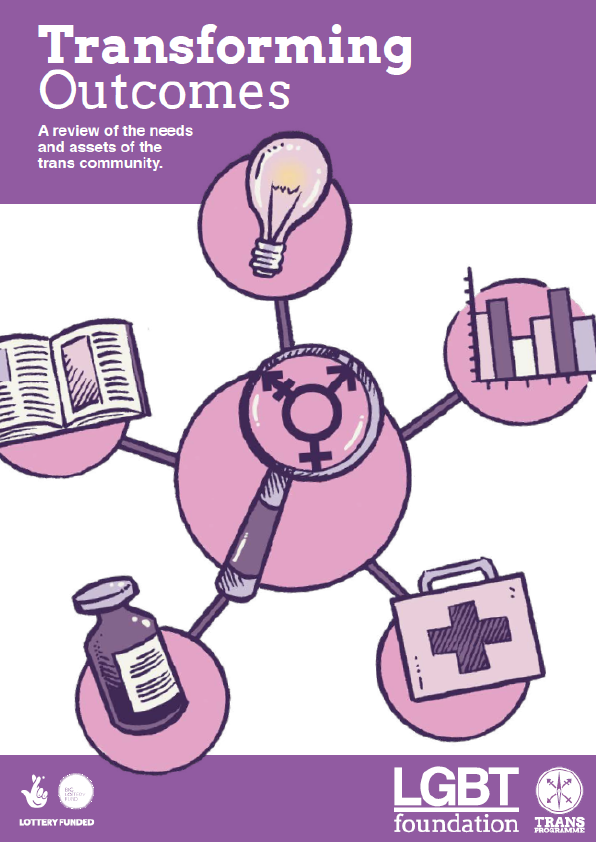Today we live in a world of plenty, yet 10% of the world lives in extreme poverty. In the face of this injustice 2015 saw world leaders commit to an ambitious set of goals to tackle poverty, insecurity and inequality by 2030: the Sustainable Development Goals (SDGs.) The Sustainable Development Goals (SDGs) or Global Goals are a collection of 17 interlinked global goals designed to be a “blueprint to achieve a better and more sustainable future for all”. The SDGs were set up in 2015 by the United Nations General Assembly (UN-GA) and is intended to be achieved by 2030. They are included in a UN-GA Resolution called the 2030 Agenda or what is colloquially known as Agenda 2030.
The scale of the poverty and inequality challenge for the poorest countries is significant; it is projected that hundreds of millions of people will still be living in extreme poverty by 2030, and the majority will be women and girls. Poor people will also increasingly live in the countries that lack the resources to tackle poverty and face high levels of economic inequality. This is a double challenge, as there are limited options for such countries to increase spending to tackle poverty, and inequality is widely evidenced to stand in the way of poverty reduction.
In this context, aid is a crucial financial flow, and also has an important new mission to tackle inequality and poverty. There are 10 principles that are key to donors rising to the challenge, and giving the SDGs a chance of success. These include principles to ensure that firstly aid is doing no harm and secondly that aid is designed and delivered in ways that will maximise its positive impact on poverty and inequality reduction.
1. All bilateral aid agencies should build on the example set by the World Bank and establish two legally binding goals that ensure all aid that is given is clearly a. reducing inequality and b. reducing poverty. They should use these twin goals to evaluate all their programmes and assess their impact on reducing poverty and inequality, including on closing the gap between the incomes of the top 10% and the bottom 40% in countries receiving aid.
Donors should ensure first that aid is doing no harm and is not allocated in ways that could result in enhanced poverty and inequality. In particular, they should:
2. Stop using aid to support risky and unproven public–private partnerships, especially in education and health, which have been shown to increase inequality. There is a considerable risk that putting a profit motive at the heart of development, particularly in sectors like health and education, increases the likelihood of unaffordable user fees, privatisation of public services, and where there is poor governance, land grabbing. There is, however, a rationale for subsiding private investment in some sectors if it supports national development strategies; addresses real issues of market failure and increases public revenues; helps developing country small- and medium-size enterprises (SMEs) overcome credit constraints and develop comprehensive business models that support the achievement of the SDGs; and supports projects that open up new markets that can benefit poor people. It is crucial, however, that public money is not used to unnecessarily subsidise the private sector, and that scarce aid resources are not diverted from investing in the public sector.
3. Stop diverting aid to serve national political and commercial objectives. Donors should never put their own interests ahead of the interests of the poorest people. In particular, donors should stop using aid budgets to cover domestic costs related to hosting refugees within their own borders, to serve their short-term security agendas or to limit the number of migrants arriving at their borders. They should also stop giving preference to companies from their own country when awarding aid contracts.
4. Avoid aid modalities and instruments that contribute to put countries in debt distress, or deepen such a problem. Today, two in five countries in sub-Saharan Africa are facing a major debt crisis. Since 2013, concessional resources available to Low-Income Country (LIC) governments have either reduced or stagnated, increasing their reliance on nonconcessional external finance to cover gaps in government expenditures, which can be a serious threat to their stability and ability to deliver public services. Despite this context, donors are increasingly providing aid under the form of loans, even in countries considered to be at risk of, or in, debt distress. Donors should favour grants, and scale up their efforts to help reduce debt burdens through restructuring and cancellation.











